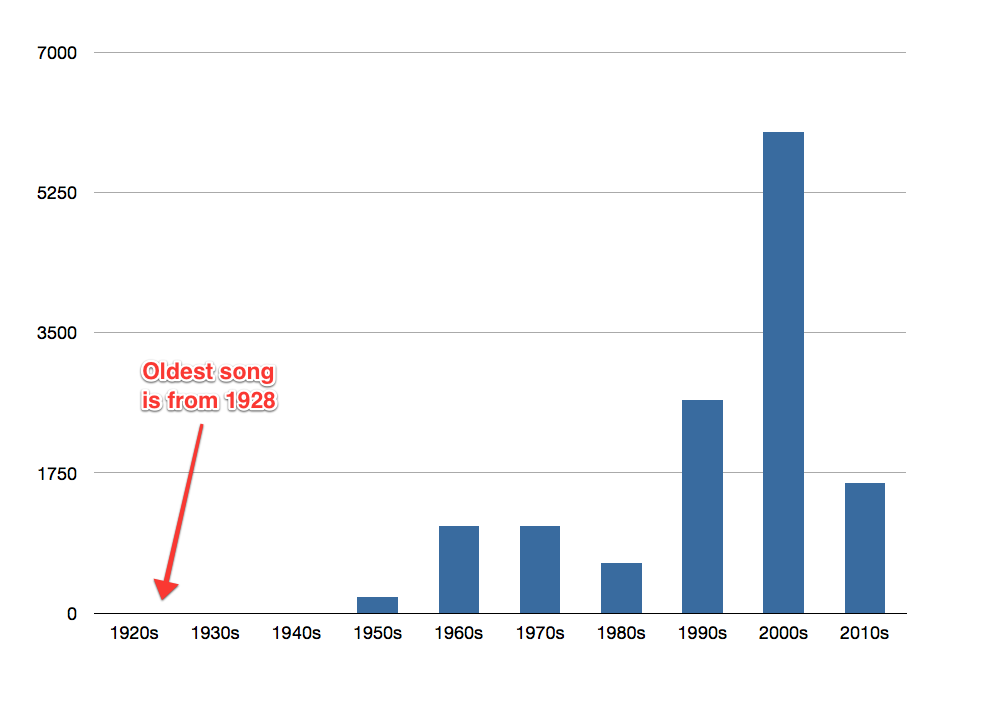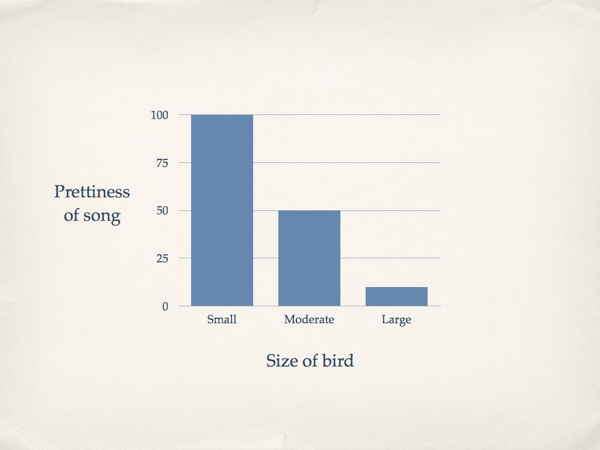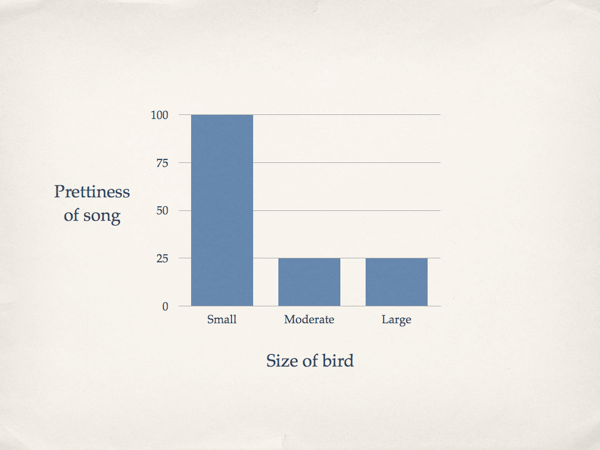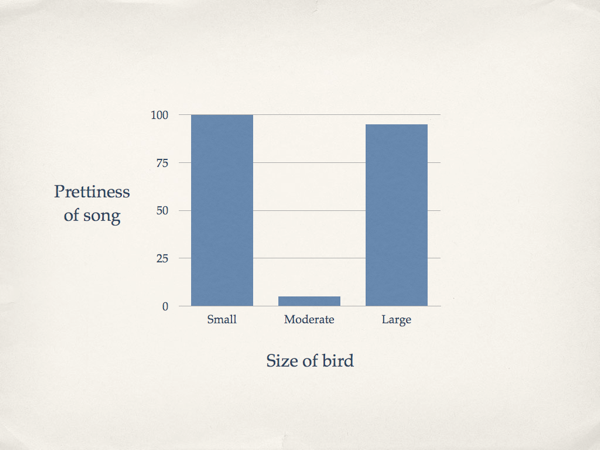This is a blog post that I've been intending to write for many, many years. The final impetus for getting on with it was seeing David Sparks write about how he rates his music in iTunes. Before I reveal the minutiae of how I rate my own music — a system which is very similar to David's — I should give some background to my music collection and my long attempt at organizing it.
My music
I consider that I own a fair amount of music. I think that the new standard to be used when deciding if you own a lot of music, is whether you find iTunes Match's 25,000 song limit restrictive. Currently, I have 13,275 items in my iTunes library. These include:
- 9,715 songs ripped from CDs I own
- 2,209 songs from free SXSW downloads (more of this in part 2)
- 840 songs purchased from iTunes
- 121 songs purchased from Amazon MP3 store
- 70 songs that were available as free downloads (predominantly from artists websites)
- 35 self-recorded songs or musical sketches
- 23 audiobooks
- 22 podcasts (I mostly use Downcast to manage podcasts)
- 2 E-books (I mostly buy Kindle books)
I can be so precise about this breakdown because I use a set of custom 'tags' for nearly all items in my iTunes library. These tags simply consist of adding text to the 'Comments' field of tracks; I use tags such as [CD], [ITUNES], [AMAZON] etc. The addition of square brackets makes it very unlikely that this text will exist anywhere else in a comments field. It also makes it easy to include as part of a Smart playlist. I'm curious whether the tagging feature of OS X Mavericks will allow tagging of songs in iTunes, which might mean I can replace these comments.
An alternative way of categorizing my music is to break it down by decade of recording. I try to change the dates on tracks to the original recording dates rather than the date that the CD/album was issued. This is mostly a problem for older music that only exists on iTunes from compilation albums or re-issues.

I think this represents a good spread across the decades (maybe Jazz fans would beg to differ). Another way of looking at this is that 11% of the music that I own was recorded before I was born (1971).
Rating songs
I've been using iTunes ever since I purchased my first Mac in 2001 (the era of rip, mix, and burn). I started ripping CDs from around this time, slowly working my way through my CD collection. At some point (maybe around 2005) I started to systematically rate my songs as follows:
1 Star - 2.8% of my library
Things I never want to hear. This sometimes include songs that I really don't enjoy on albums that I otherwise like (typical culprits being low-quality live tracks, or extremely long and unfocused instrumental jams). However, it mostly includes things like silent tracks that are used as interludes on some albums, or spoken tracks (think of all the classic radio DJ interludes on the Reservoir Dogs soundtrack). Giving all of these tracks 1 star means I can create smart playlists that will never randomly shuffle between music and spoken word (or silence).
2 Stars - 44.2% of my library
Songs that I am largely indifferent to. On a good day I might be in the mood for a 2 Star song, but on a bad day I might be offended by one. This category represents a large slice of my iTunes library, reflecting my opinion that there are many great songs which exist on largely mediocre albums (and I like to buy albums rather than individual songs). Perhaps my tendency to down-rate rather than up-rate songs is reflected by the fact that out of about 750 full-length albums, I have only 33 with an average rating greater than 3.5 stars (I have a Perl script that generates average ratings).
3 Stars - 44.2% of my library
Currently, I have almost an identical number of 2 star and 3 star songs. A 3 star song must have at least one great quality about it. This could be the lyrics, the melody, or even the performance of a single instrument. Often it is just a good hook in part of the song, or just the energy that the song imparts. I pretty much always enjoy listening to a 3 star song, but I wouldn't want to listen to the same song over and over again.
4 Stars - 7.9% of my library
There is a big drop in the number of songs that make it to this level. A 4 star song must be amazing. It must have at least two or three great qualities about it and I will almost never tire of hearing a 4 star song. The things that stop them becoming a 5 star song could be something minor, but something that might seep through into my consciousness when I listen to it (a song that outstays its welcome, a bad note in one part that can be jarring, or a single line with a flawed lyric).
5 Stars - 1.2% of my library
These songs represent songs that I find exceptional in almost every way. Usually I find them to have a stunning combination of lyrics and music, with fantastic vocal and instrumental performances. Furthermore I find these songs to have superb production values, with great arrangements and pristine sound (letting you hear details of every instrument on the record). In nearly all cases, I find these songs to be flawless. There is nothing about them that I could imagine being improved. It perhaps reflects my overall preferences for what I might broadly define as 'classic pop/rock' that 90% of these songs are less than 5 minutes long. My iTunes library does comprise genres such as Jazz, Classical, and Prog Rock, but they reflect a small proportion of the music that I own.
Finally, I should add that I will often listen to a song 10 times or more before making my mind up as to what the most suitable star rating should be. This, coupled with the tendency to keep on buying new music, is the major reason that it has taken me almost a decade to finish rating my entire iTunes library. My progress in getting there will be explored in part 2, along with a few comments on the challenges provided by the free SXSW downloads, and the question that now looms large on my horizon:
Once you have finished rating the entirety of your 13,275 song iTunes library, what do you do next?



 However, as they fail to clarify the nature of the relationship between ‘size of bird’ and ‘prettiness of song’ one could postulate that the following examples also satisfy their description:
However, as they fail to clarify the nature of the relationship between ‘size of bird’ and ‘prettiness of song’ one could postulate that the following examples also satisfy their description: 
